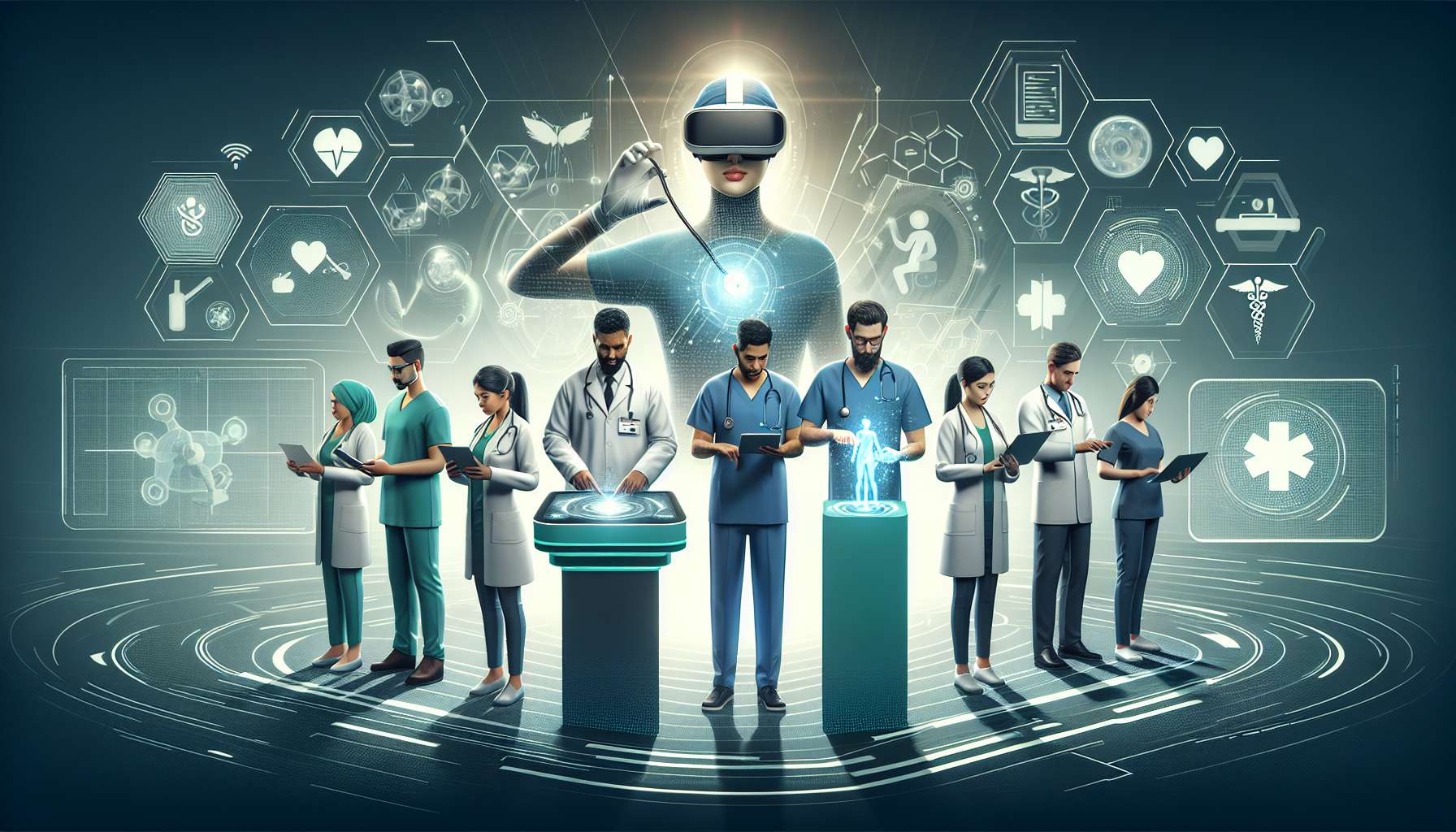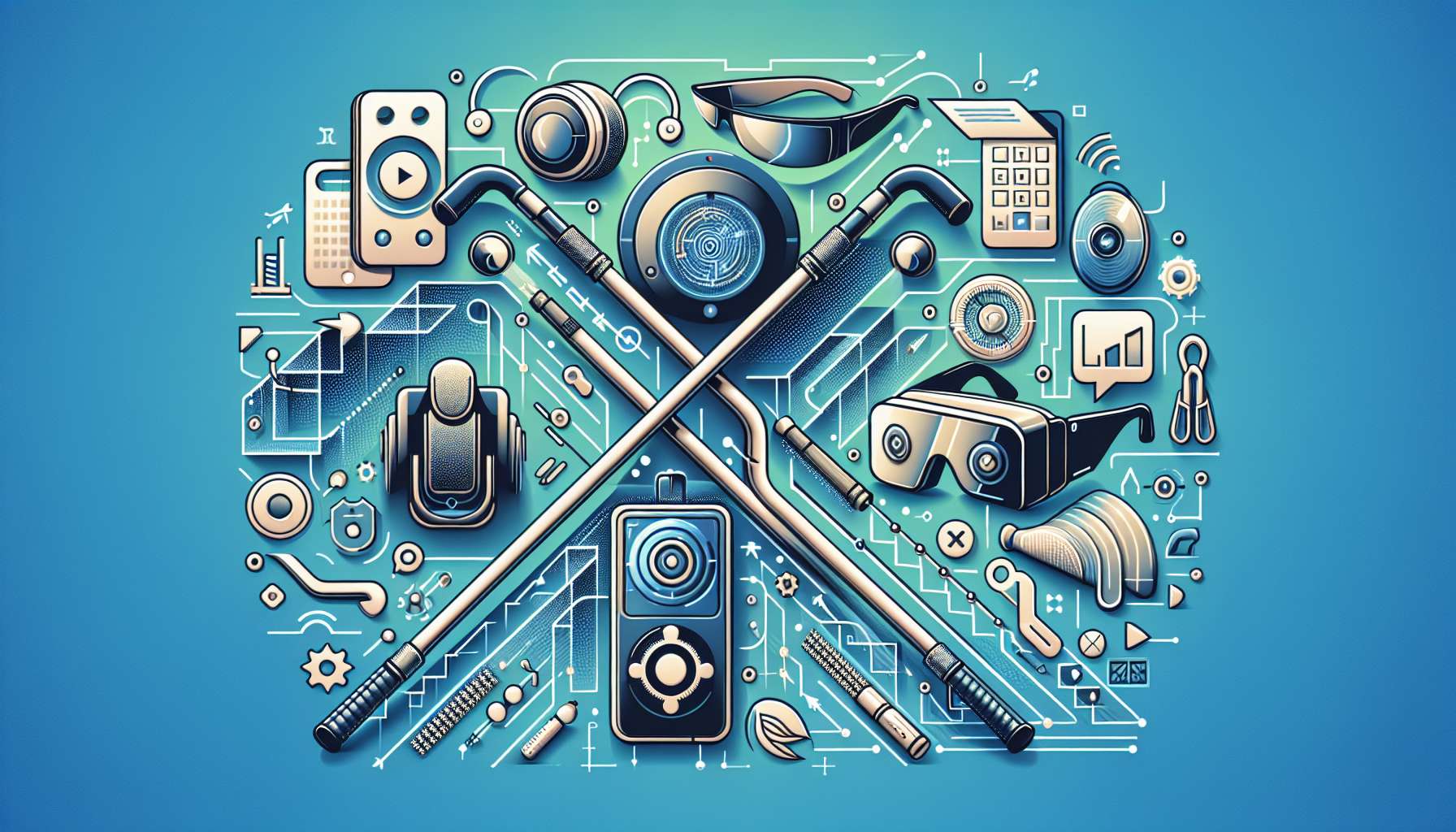The Future of VR in Healthcare Simulation and Training
Virtual Reality (VR) technology has been making significant strides in various industries, and one area where its potential is truly transformative is healthcare simulation and training. The use of VR in healthcare has the power to revolutionize the way medical professionals are trained, ultimately leading to improved patient outcomes and safety.
Enhanced Training Environments
One of the key advantages of using VR in healthcare training is the ability to create highly realistic and immersive training environments. Medical students and professionals can practice surgical procedures, patient consultations, and emergency scenarios in a safe and controlled virtual setting. This hands-on experience allows them to develop their skills and confidence without the risk of harming real patients.
Personalized Learning Experiences
VR technology also enables personalized learning experiences tailored to the individual needs of each learner. By tracking performance and providing real-time feedback, VR simulations can adapt to the skill level of the user, ensuring that they receive the appropriate level of challenge and support. This personalized approach can lead to more effective learning outcomes and better retention of knowledge.
Remote Training Opportunities
Another significant benefit of VR in healthcare training is the ability to provide remote learning opportunities. With VR headsets, medical students and professionals can access training modules and simulations from anywhere in the world, eliminating the need to travel to specific training facilities. This not only makes training more accessible but also allows for greater flexibility in scheduling and participation.
Improving Patient Safety
By allowing medical professionals to practice and refine their skills in a realistic virtual environment, VR has the potential to significantly improve patient safety. Surgeons can rehearse complex procedures, nurses can simulate emergency scenarios, and paramedics can practice critical interventions, all of which can help reduce medical errors and enhance the quality of care provided to patients.
Challenges and Considerations
While the potential benefits of using VR in healthcare simulation and training are vast, there are also challenges that need to be addressed. These include the cost of implementing VR technology, ensuring the accuracy and reliability of simulations, and integrating VR training into existing curricula. However, as the technology continues to advance and become more accessible, these challenges are likely to be overcome, paving the way for a future where VR plays a central role in healthcare education.
- Enhanced Training Environments
- Personalized Learning Experiences
- Remote Training Opportunities
- Improving Patient Safety
In conclusion, the future of VR in healthcare simulation and training is incredibly promising. By leveraging the power of VR technology, medical professionals can enhance their skills, improve patient outcomes, and ultimately revolutionize the way healthcare education is delivered. As VR continues to evolve, we can expect to see even more innovative applications that push the boundaries of what is possible in healthcare training.








